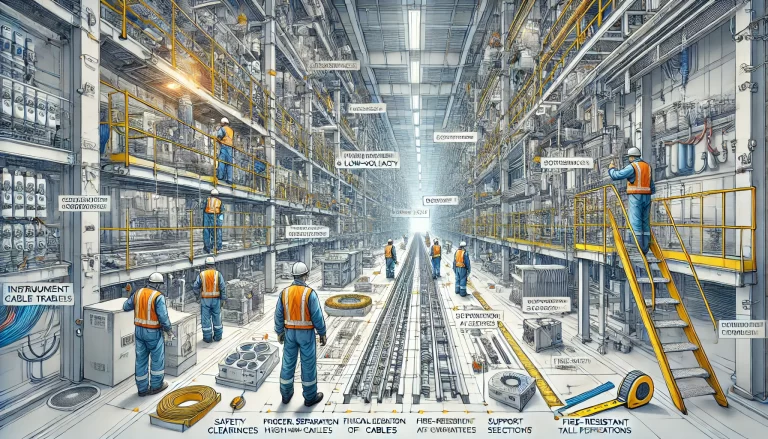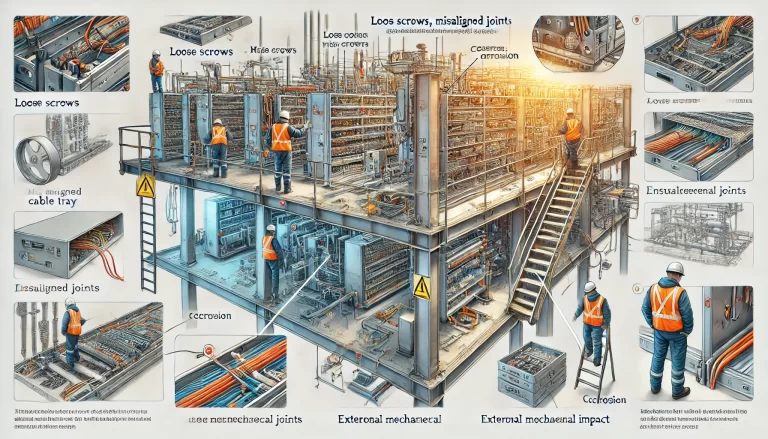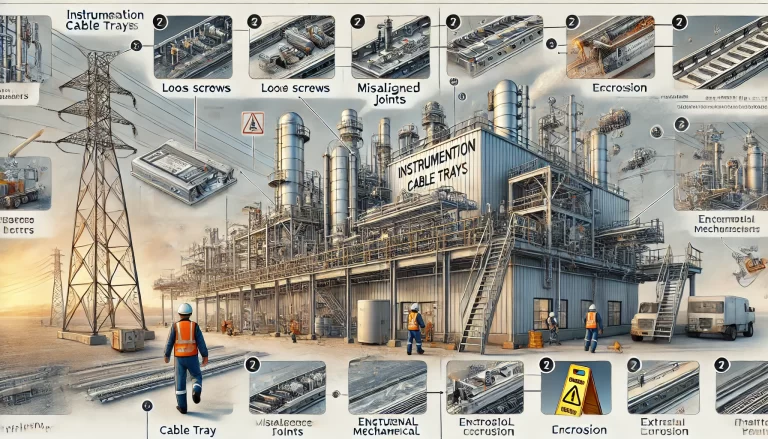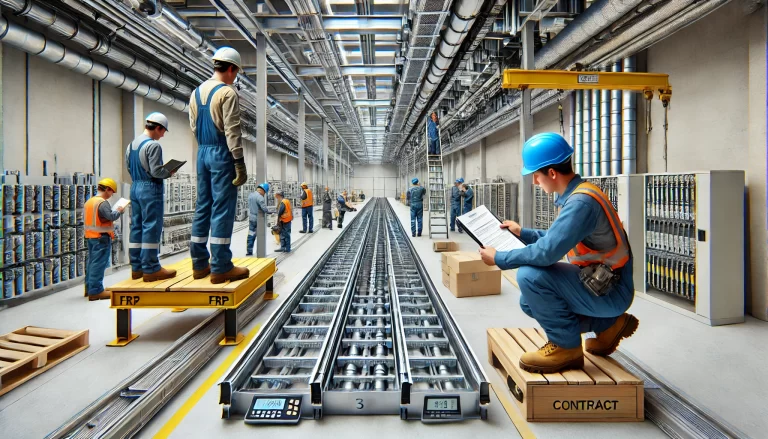Cable laying standards are essential to ensure the safety, stability, and longevity of cable systems in industrial and infrastructure projects. This guide outlines key procedures and technical considerations, covering pre-installation checks, installation in various environments, cable fixing and spacing, joint and terminal production, and safety precautions.

1. Pre-Installation Preparation
1.1 Cable Inspection
Visual Check: Ensure the outer sheath is free from damage, dents, or deformation. Confirm that end caps are securely sealed to prevent moisture ingress.
Specification Verification: Check model, conductor size, core count, and rated voltage against design documents.
Insulation Resistance Test: Use a megohmmeter to confirm insulation resistance:
For cables rated ≤1kV: ≥10 MΩ
For 10kV cables: ≥400 MΩ
Record results for documentation.
1.2 Route Planning
Site Survey: Identify obstacles like pipelines or buildings; avoid areas with heat or corrosive substances.
Obstacle Clearance: Remove construction debris and plan bypasses or protections.
Length Allowance: Allow extra length at joints, terminals, and bends.

2. Laying Requirements for Different Environments
2.1 Direct Burial
Burial Depth: Not less than 0.7m (1m in farmland); below frost line.
Layering:
100mm of fine sand/soil above and below cable
Cover with concrete slab or brick (extend 50mm beyond cable sides)
Markers: Place at every 50–100m, bends, joints, and building entries.
2.2 Cable Trenches
Dimensions: Depth ≥600mm, with a 0.5% drainage slope.
Supports:
Hot-dip galvanized steel brackets
Spacing:
Horizontal: ≤1m (power), ≤0.8m (control)
Vertical: ≤1.5m (power), ≤1m (control)
Arrangement:
Separate high- and low-voltage
Power above, control below
2.3 Cable Trays
Tray Selection:
Ladder, perforated, or solid types
Anti-corrosive materials for harsh environments
Filling Ratio:
≤40% for power cables
≤50% for control cables
Installation:
Firmly fixed, aligned
Use special connectors
Tray bends must match cable bending radius
Layered Laying:
Arrange by voltage and function

3. Cable Fixing and Spacing
3.1 Fixing
Method: Use nylon ties or clamps; do not damage sheath.
Spacing:
Vertical or ≥45° tilt: every 2m
Horizontal ends, joints, bends: must be fixed
Horizontal laying:
Power: every 5–10m
Control: every 8–10m
3.2 Spacing Between Cables
Parallel Laying:
≤1kV power: ≥35mm (not less than cable diameter)
1kV power: ≥250mm
Power vs Control: ≥150mm
Crossing:
Maintain ≥250mm clearance within 1m each side of crossing
Use sleeves or protective devices if clearance is limited

4. Cable Termination and Joint Production
4.1 Production Requirements
Conditions: Dry, clean, well-ventilated; ambient temp >5°C
Procedure:
Follow product manual and standards
Carefully strip layers without damaging conductors
Use correct termination method (crimping, welding)
Seal with matching insulation materials
Appearance: Smooth, bubble-free, wrinkle-free, adequate thickness
4.2 Testing and Inspection
Insulation Resistance: Retest after completion
Optional Tests: Dielectric strength, partial discharge
Appearance Check: Label accuracy, sealing integrity

5. Safety Precautions
5.1 Electrical Safety
Ensure power is off
Post “Do Not Energize” signs
Use insulated tools and wear PPE
Assign supervisor in live areas
5.2 Fire and Explosion Protection
Use flameproof cables where needed
Ban open flames and smoking
Provide extinguishers
5.3 Mechanical Damage Prevention
Avoid dragging or overbending
Use rollers or sleeves in narrow passages
Adjust pulling speed and force with cable laying machines
